|
Having never played an Elder Scrolls game, I decided to take a spin on the 21 year old game that kicked off this majorly successful franchise. The first thing you'll notice when booting up the game is that the graphics, while dated, have a timeless sort of simplicity to them. Even for its time, this wasn't exactly one of the best looking games out there. There's a lot of repeated texture use, the monsters are detailed but low quality and the animations are laughable at best. The cities use about one of three different texture sets. The dungeons are about the same number. This may sound ok for its time, but the massive size of the game helps make exploration more tiring than it should be. That being said, the game is visually acceptable, because everything is distinguishable and it still expresses a very fantasy vibe. You never see your own character, but when changing equipment you will see the look change in your character equipment screen. It's a nice little touch that games even now don't always do. Granted, there isn’t a lot of equipment variety visually, but it helps feel like you are making progress. That being said, the music is a whole other story. There are a very limited number of musical themes. About three for the overworld and about two for the dungeons. While the city themes are actually pretty catchy, the dungeon themes (which is where you'll spend the majority of your time) are extremely grating and painful to the ears. The problem with this is that it's almost required to have the sound up due to the enemies. It's difficult to figure out when you're being attacked, because visual cues don't always present themselves clearly. As a result of this, you need to listen for the distinctive (and oft creepy) sounds of the monsters to indicate whether you're in danger or not. On the bright side, the sound effects in this game are actually really well done and definitely help to draw you in. While aesthetically the game can be a mixed bag, it certainly excels in many other ways. When you first start, you are given the ability to choose your race, look (not a lot of options, but still cool to have customization), class and also your stat spread. Keep in mind that this game uses a modification of the Dungeons & Dragons rules for stat and combat calculation and progression. If you're familiar with this, then it'll help make understanding the game a lot easier. If not, the manual offers a pretty in-depth look at what everything means. Once you finish customizing your character, you are given a quick introduction screen and then thrown right into the mix. You are trapped in a dungeon, which you have to figure out how to escape. There are no tutorials or hand holding, so it's highly recommended that you at least skim the manual to be up to speed. You can play the whole game using the mouse. You use the cursor on the screen to select various things such as spells or character status. You also use the mouse to move around, moving the cursor to the edge of the screen moves you in that direction while holding down the left mouse button. Unfortunately, this control scheme felt extremely clunky and challenging to use. You can also move around using the arrow keys on the keyboard. With how quick-witted the monsters can be sometimes, you may not have the time to always move the cursor to the menu on the bottom to select spells or equipment. It's beneficial to learn the shortcut keys on the keyboard for these actions. When attacking, you hold down the right mouse button and move the mouse in the direction you want to swing your weapon (or fists). For example, if you move the mouse from right to left, you'll swing your sword accordingly. The game's biggest flaw happens to be its biggest strength: unfathomable scope. If you've played any of the other Elder Scrolls games, you likely are aware of how they create extremely detailed environments in specific parts of Tamriel. I found it interesting that the original game in the series actually allowed you to explore the entire super-continent of Tamriel. If you feel inclined to do so, you can actually walk from one place to another. The scale is massive though, and this will take a really long time. To make up for this, there is a fast travel option that you can use to travel between cities and dungeons. While the world map and story dungeons have a set structure, the random dungeons you can find are actually pseudo-randomly generated. I say pseudo because they have a set of rules they follow, then randomly generate everything else within them. The entrance, exit, stairs and locations of major treasures are usually in a set number of locations within the map space, so you'll likely get used to the pattern before you hit the halfway point of the game if you end up exploring beyond the story. This massive scale helps to make the game feel huge in a way even modern games sometimes struggle to accomplish. Due to the massive limitations of computer systems at the time, most of the environments are painfully similar, which diminishes the value of exploration. For a massive feat such as this, that shouldn't come as a surprise. The actual story dungeons have interesting and varying layouts though, which is a definite plus. I especially liked that these layouts reflected directly on the story theming behind each of the dungeons. This really helped with the immersion of the game that the rest of the game world tends to gloss over due to the lack of variety. Speaking of the story, it's practically nonexistent. The emperor has been replaced by a doppelganger who happens to be a powerful sorcerer. There's a powerful weapon that has been broken up into pieces that you need to put together in order to use to stop him. You get visions from a mysterious figure that gives you clues as to where to find the next piece. That's the whole story. This is especially disappointing because as you get the story behind each story dungeon, you notice that there is clearly a lot of room for interesting lore. I was actually very interested in learning more about the back story of each area, but they only entice and never fully sate the curiosity. Still, it's an effective way of keeping you invested just enough to give purpose to progression. If you choose to play any non-Mage class, you have access to a wide array of equipment along with special enchanted gear and cool effects. To balance this out (Mage's are limited to leather gear, which is the highest gear that can't be artifacts), Mage's have access to cool spells. To top it off, they have access to one of the coolest features of this game, and any game for that matter: The Spellmaker. If you go to a Mage's Guild in any city, you can mix and match any spell effect in the game to create your own spells (at appropriate costs, of course). Say you want to make a spell that does Fire damage and causes poison. You can do that. Say you want to create a spell that heals you, gives you levitate and also cures diseases. You can do that. There are only two limitations. The first is that you can only mix up to three effects per spell. The other is that you can only mix effects that affect the same target. For example, if you choose an effect that targets you, then you can only select other effects to add that also targets you. Beyond that, assuming you have the gold, you can make whatever spell you like. You even have control over the specifics, such as damage amount, healing amount, and how the spells change as you level up. This was one of my favorite features of the game, which had me coming back for more, playing with different ways to customize my spells (I played as a Battle Mage). As you level up, you are given stat points to distribute as you see fit in various attributes. Beyond your health (which goes up each level at a rate determined by your endurance), none of your stats go up automatically as you level up. So it's important to understand what your class needs, and what goals you wish to accomplish with your class before beginning to distribute your stat points. On the bright side, you can offset some of your deficiencies through enchanted equipment, which can potentially raise specific attributes a set amount. Your equipment isn't perfect though. Overtime, through use, your armor and weapons will lose durability and eventually break. Unless it's an artifact, broken equipment will remain in your inventory and can be repaired at any shop. It's useful to have an idea for how much your equipment can take though, so you don't get stuck with a broken item at an integral part of a lengthy dungeon. Going back to the exploration, getting side quests isn't as straightforward as modern games. You can ask citizens for rumors of jobs, and they will point you in the direction of taverns where you can pick up job quests. These jobs usually only net gold, and range from tasks such as delivering goods or escorting civilians. The real prizes are to be had in artifact quests. Sometimes, when talking to citizens, if you ask for general rumors they will point you in the direction of somebody who knows about an artifact. The good thing is that the game only presents you with artifact quests for artifacts your character can actually use. These artifact quests usually involve going to a dungeon to find a map, which will in turn lead you to a dungeon with the artifact. This is actually the same kind of structure that the story involves (meaning that each staff piece requires completing two dungeons). The game can have varying levels of smoothness when running. Depending on the amount of stuff going on, the game may run extremely smooth or it may run slightly choppy. It also has a couple of glitches such as monsters getting stuck in walls, which take away from the otherwise polished feel of the game. The most important glitch to point out is the 'Insufficient Base Memory' error. If this happens, the game will automatically force close. As a result of this, I highly recommend saving often and saving in different save slots. Over time, you will find that the game will start to get repetitive, and that you will be trying to get to each story dungeon as quickly as possible in order to experience the only unique parts of the game. The downside to this is that if you start rushing through the game, you will be underpowered in front of some potentially powerful monsters. There are creative ways to get around this problem though, which allows for a refreshing level of freedom.
Freedom. That's the ultimate theme of The Elder Scrolls: Arena. Despite its inherently repetitive nature, this theme is what helps fuel it as arguably the most free-form and open-world game of its time. Even to this day, it holds up quite well, and I had an absolute blast playing it. Depending on your play style, you could finish this game in 15 hours or hit upwards of 60 hours. Personally, I clocked in about 45 hours. It's difficult to recommend the game to everybody, but it's definitely a wonderful way to see how many amazing feats Bethesda was able to accomplish back in a time when nobody thought this could be done. NOTE: This game is only available on the PC. If you're curious, Bethesda now offers the game (along with the sequel: Daggerfall) for free on their website. In order to run it on modern systems, you'll need some kind of DOS emulator. Included with the game download is a document presenting instructions on how to install and play the game. It recommends DOSBox, which I recommend as well. Be sure to read the instructions in order to play it. Links are provided below. Graphics: GOOD Sound: GOOD Value: GREAT Gameplay: GREAT OVERALL: GREAT - Teepu (Bowser05) Official Bethesda Game Download: http://www.elderscrolls.com/arena/ DOSBox Download: http://www.dosbox.com/download.php?main=1
0 Comments
Leave a Reply. |
Search
Contributors◆ Angie
◆ Emily ◆ J.D. ◆ Janette ◆ JT ◆ Manuel ◆ Nestor ◆ Rose ◆ Sylvia ◆ Teepu ◆ Tiffany ◆ Winfield Archives
May 2025
|
© 2014-2025 A-to-J Connections. All Rights Reserved.

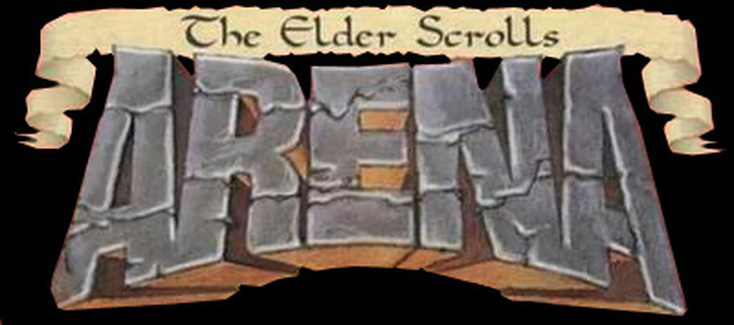
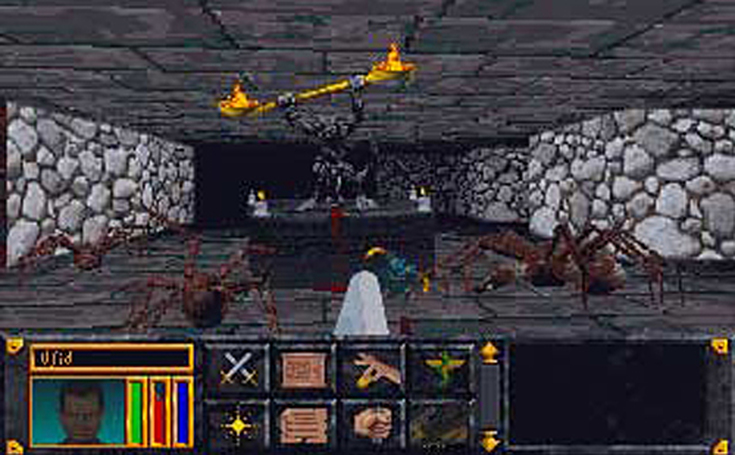
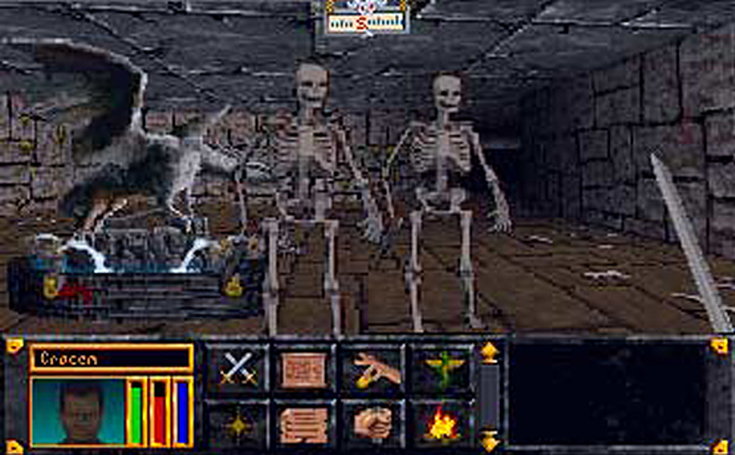
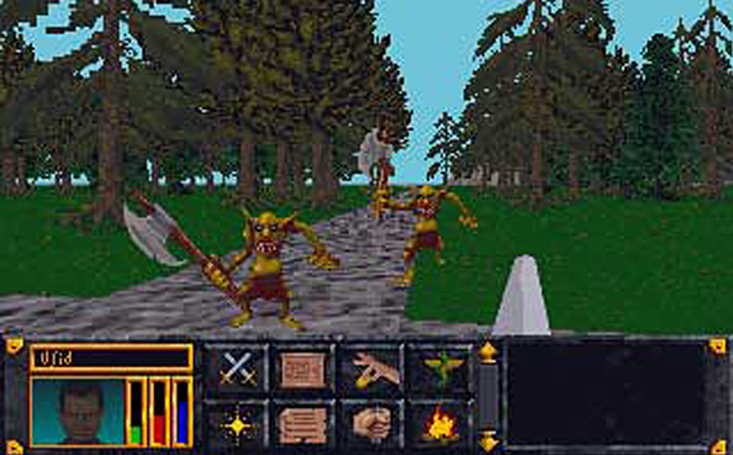
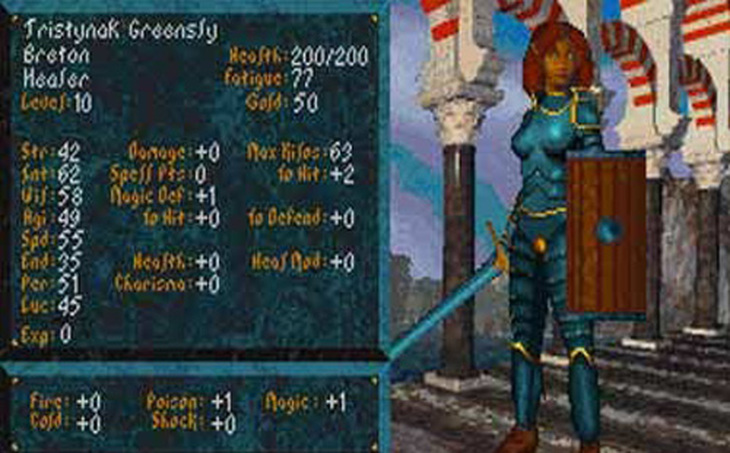
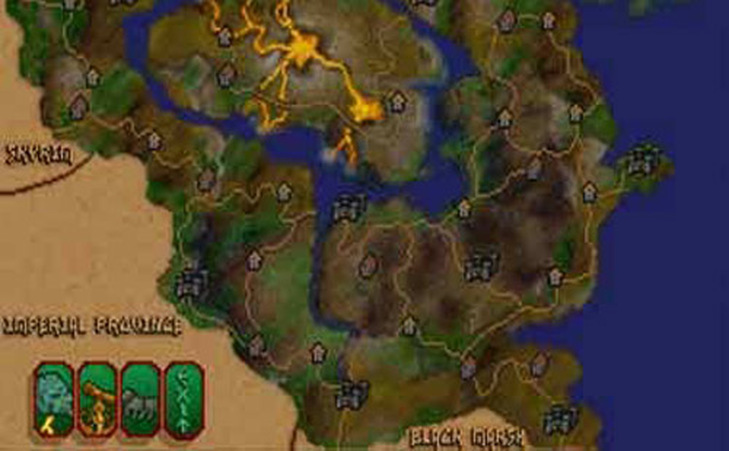

 RSS Feed
RSS Feed